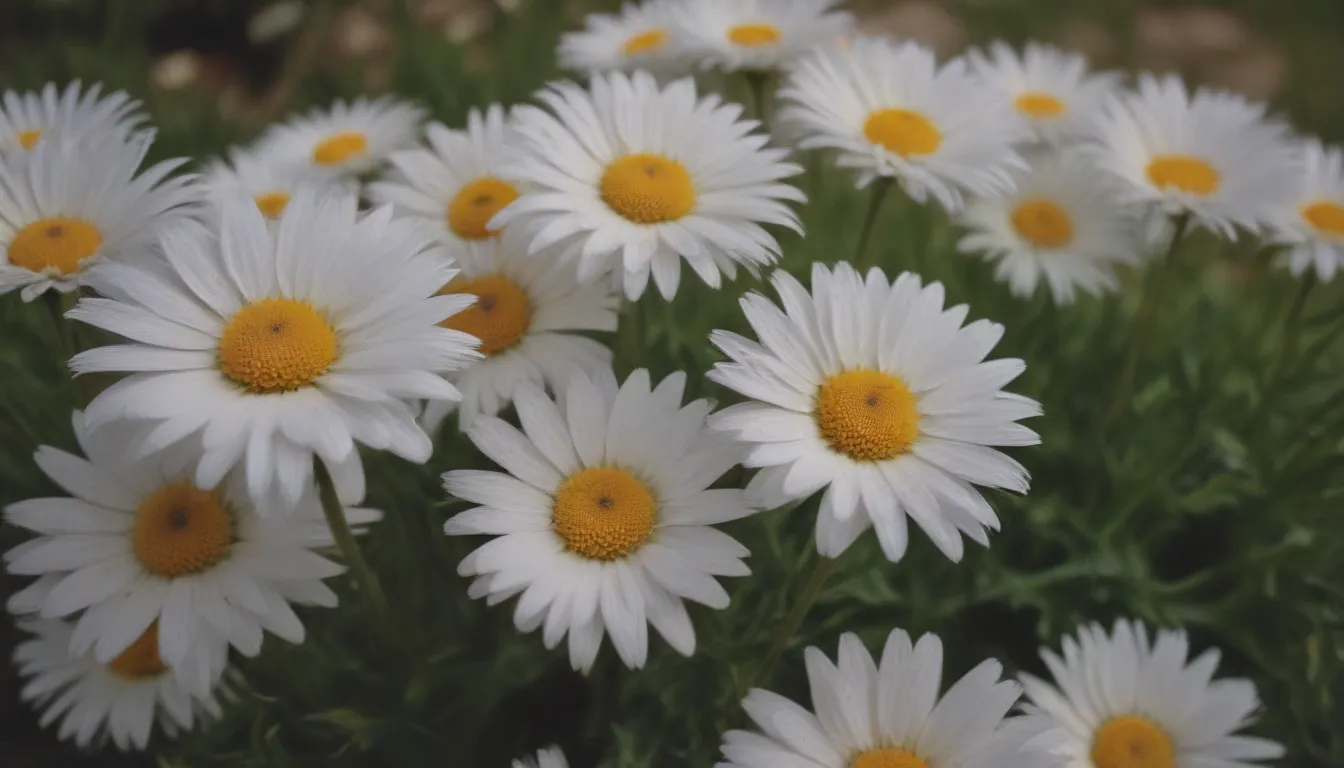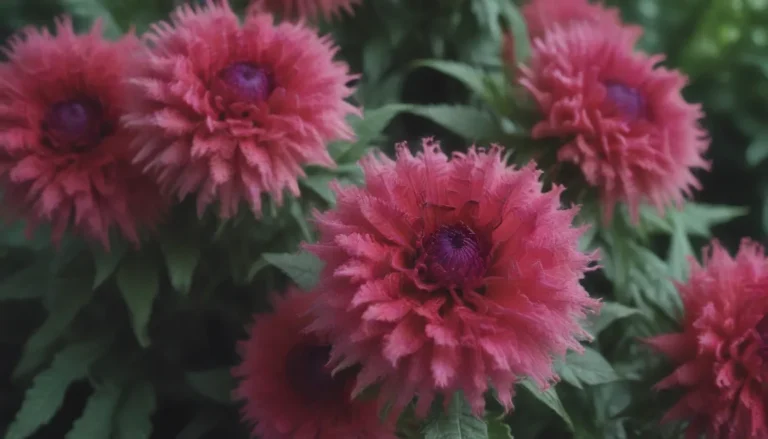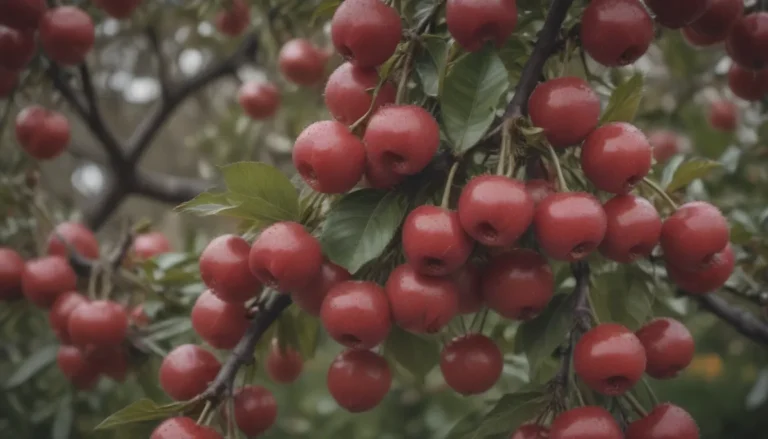Your Complete Guide to Growing and Caring for English Daisy

If you’re looking to add a touch of charm to your garden, then the English daisy is the perfect choice. Also known as the common daisy, this perennial plant boasts stunning red, white, and pink blooms with vibrant yellow centers that are sure to brighten up any outdoor space. In this comprehensive guide, we will delve into everything you need to know about growing and caring for English daisies, from soil and watering requirements to propagation and common pests. Let’s get started!
Understanding English Daisy Care
Before diving into the details of growing English daisies, it’s important to note that this plant has specific care requirements that need to be met to ensure its health and vitality. Let’s take a look at the essential aspects of caring for your English daisies.
Light
English daisies thrive in full sun to partial shade, but they do not do well in intense heat. If you live in an area with scorching midday sun, it’s best to provide afternoon shade to protect your daisies from heat stress.
Soil
While English daisies can adapt to various soil conditions, they prefer organically rich, loamy soil that is moist and well-draining. Whether you’re planting them in the ground or in containers, ensure that the soil is fertile and provides adequate drainage.
Water
English daisies love moist soil, so it’s essential to maintain a regular watering schedule to keep them hydrated and healthy, especially during the hotter months. Adding a layer of mulch around your plants can help retain moisture and regulate soil temperature. Be mindful that potted daisies may need more frequent watering due to faster drying out in containers.
Temperature and Humidity
These charming plants thrive in cool temperatures and moist conditions, making them perfect for regions with mild summers. High humidity levels are also beneficial for English daisies, so ensure that they are planted in an environment that provides adequate moisture without excessive heat.
Fertilizer
English daisies are heavy feeders and benefit from occasional fertilization. Use a well-balanced, slow-release fertilizer in the spring, and consider monthly feedings during the growing season if needed. Nutrient-rich soil is preferred, but supplementing with fertilizer can help boost plant health and blooming.
Varieties of English Daisies
English daisies come in various sizes, colors, and shapes, making them a versatile choice for any garden. Here are some popular varieties to consider:
- ‘Galaxy’
- ‘Tasso Strawberries and Cream’
- ‘Tasso Pink’
- ‘Pomponette’
- ‘Habanera Mix’
Explore these options to add a pop of color and diversity to your garden landscape with English daisies.
Propagating and Growing English Daisy
English daisies can propagate themselves through spreading crowns and re-seeding, but you can also propagate them through division. Follow these steps to propagate and grow English daisies successfully:
- Divide established plants in early spring or after flowering in the fall.
- Collect ripe seeds and sow them directly in the ground or start indoors before the last frost date.
- Provide adequate care and maintenance to support healthy growth and blooming.
Common Pests and Issues
While English daisies are relatively low-maintenance plants, they may encounter a few pests and problems that need to be addressed. Keep an eye out for:
- Thrips and leaf miners
- Root-knot nematodes
- Aggressive growth and spreading
Implement preventive measures such as regular monitoring, proper watering, and addressing any pest infestations promptly to ensure your English daisies stay healthy and vibrant.
Maximizing Blooms and Bloom Care
English daisies offer a delightful display of blooms from late spring to early summer, but there are ways to encourage more blooms and extend their flowering period. Here are some tips for maximizing blooms and caring for your daisies post-bloom:
- Ensure adequate sunlight (4-6 hours daily)
- Provide appropriate fertilization (high-phosphorus fertilizer)
- Deadhead spent flowers if desired, but it’s not necessary for blooming
Keep in mind that English daisies may be biennial in some regions, blooming only once in their second year. Understanding their blooming cycle will help you care for them effectively.
Wrapping Up
English daisies are charming, easy-to-grow plants that can add a touch of whimsy to any garden. By following the care tips and guidelines outlined in this guide, you can cultivate healthy, vibrant daisies that bloom beautifully season after season. Whether you’re a beginner gardener or a seasoned plant enthusiast, English daisies are a wonderful addition to any outdoor space. So, roll up your sleeves, grab your gardening tools, and get ready to watch your English daisies flourish and thrive in your garden landscape!





